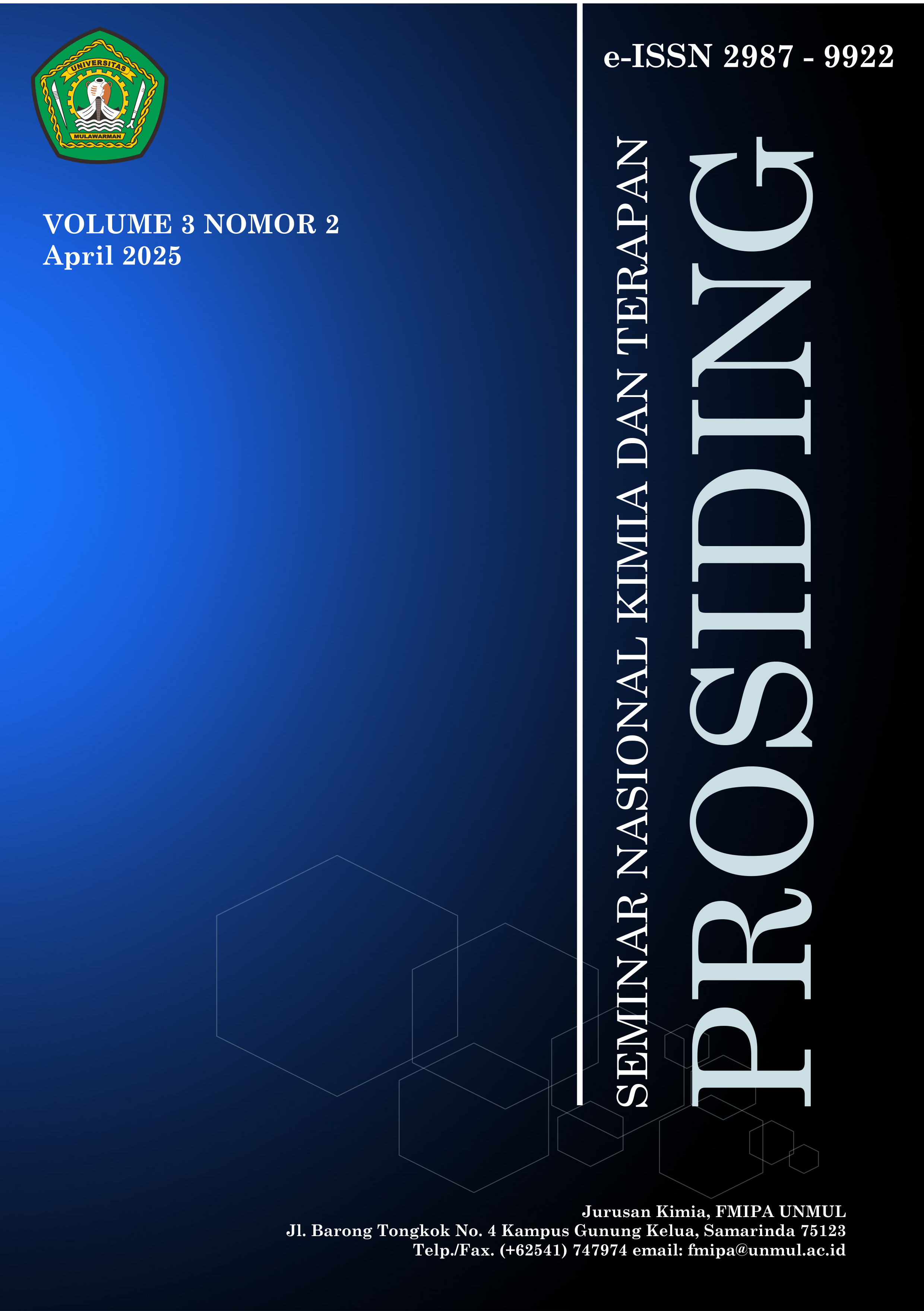REVIEW ARTIKEL: BEBERAPA METODE MIKROENKAPSULASI ADSORBEN BERBASIS ALGINAT DAN APLIKASINYA UNTUK MENGHILANGKAN ION LOGAM DALAM LARUTAN BERAIR
Abstract
Alginate is a natural polysaccharide consisting of mannuronic acid and guluronic acid connected via glycosidic bonds. Alginate has properties of biocompatibility, biodegradability, and reports in nature that make it attractive as a base material in microencapsulation applications. Microencapsulation is a technology used to coat active ingredients in small particles with the aim of increasing stability, solubility, and controlling the release of active substances. This article aims to review research results related to various methods of alginate microencapsulation as an adsorbent taken from several scientific articles. This literature review shows that encapsulation methods are divided into two categories, namely physical and chemical methods as well as several technologies such as coacervation, spray drying, extrusion, freeze drying and layer-by-layer coating. Alginate-based adsorbents, especially modified ones, show a better capacity to absorb heavy metals than pure alginate with adsorption capacities ranging from 0,025 mg/g to 416,67 mg/g. The adsorption efficiency is influenced by the physicochemical properties of the adsorbent and external conditions such as pH and metal ion concentration. With its various advantages, alginate-based microencapsulation has great potential for application in various industrial fields, especially in air purification, pharmaceuticals and nutrition.
Keywords : Alginate, Microencapsulation, Adsorbent, Metal


